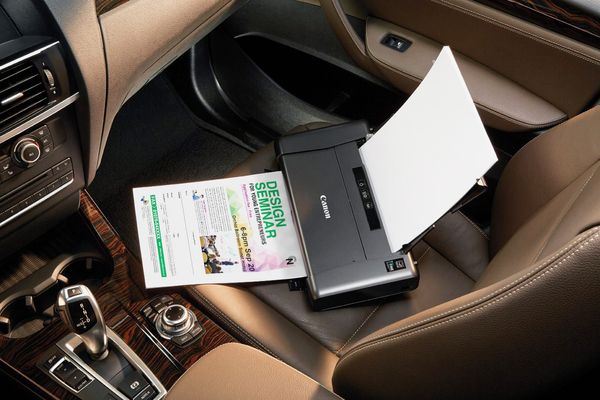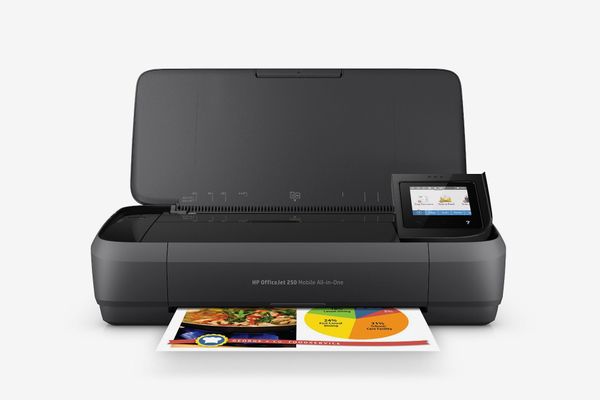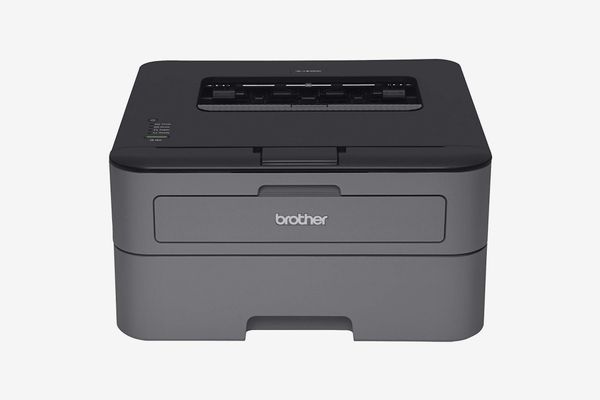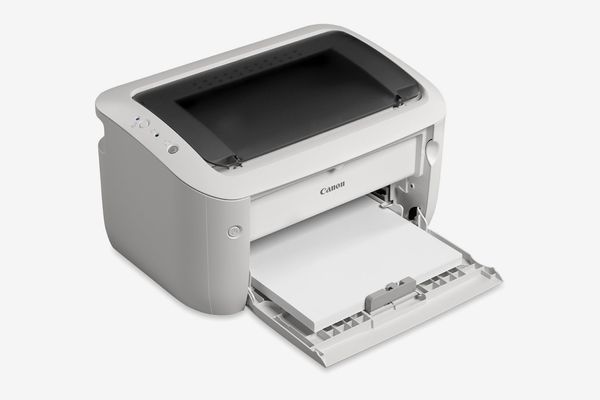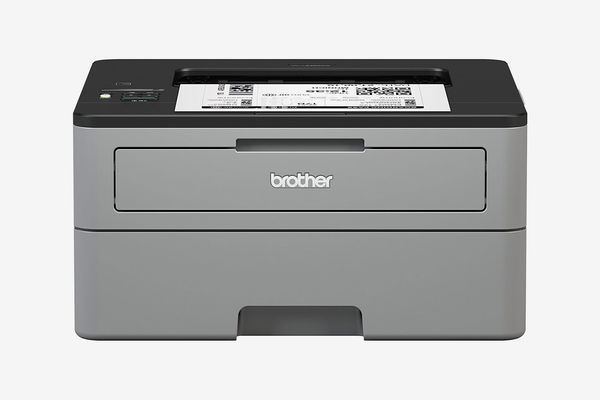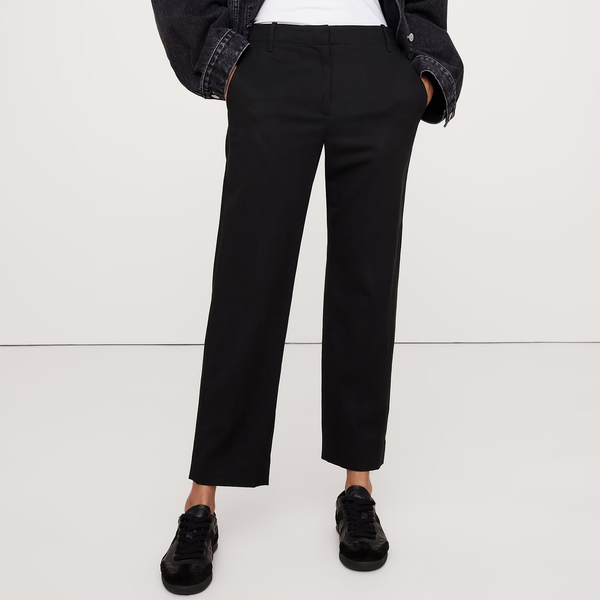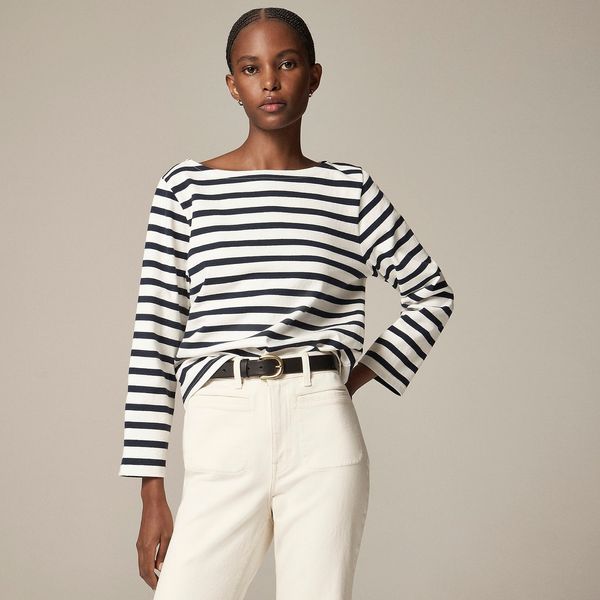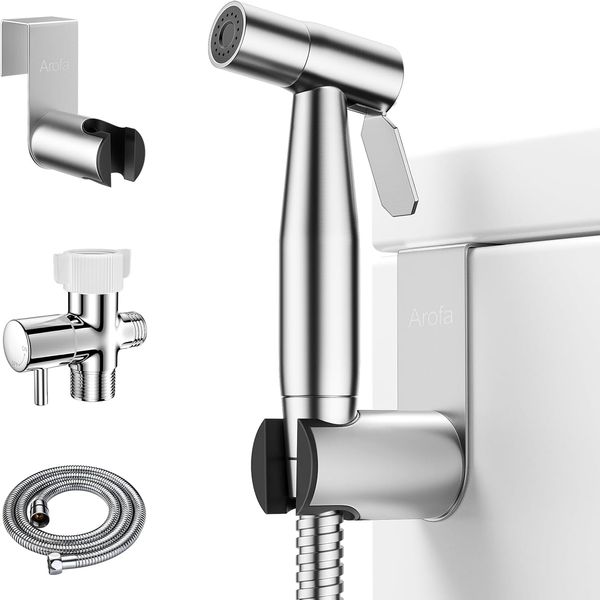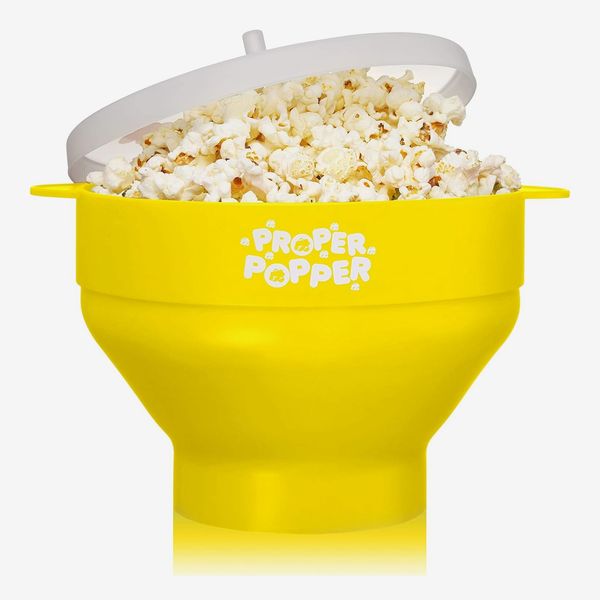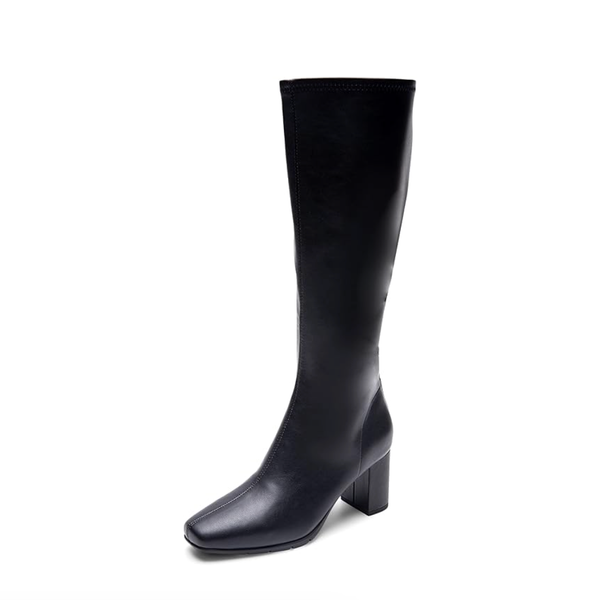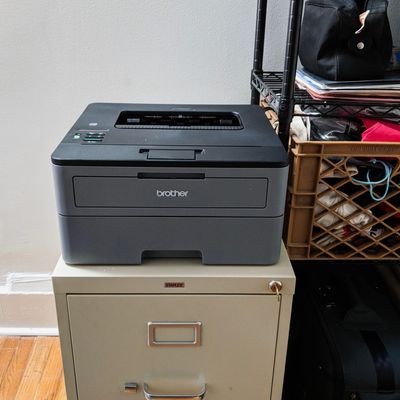
Here at the Strategist, we regularly answer our readers’ most burning shopping questions, but sometimes, we’re on the lookout for something ourselves. With Strat Hunt, a member of our team attempts to solve a real-life shopping issue and find exactly what they’re looking for. Today, a deep-dive into the best printer for small spaces.
I’ve been trying to avoid this purchase for as long as possible, because it’s mundane and boring and yet overwhelming, but it’s time for me to face reality: I need a home printer. I don’t print that often, but when I do, it’s usually at the most inconvenient, not-work hours, and waiting to get a hard copy of that transcript or tax form or shipping label until I’m at the office has become more of a hassle than it’s worth.
Going into this, my criteria were simple. I wanted a printer that’s efficient in every sense of the word. It needed to be compact, because space in my Brooklyn apartment is limited. I would like this printer to be cheap, as in under $300, with ink cartridges that are also relatively cheap. I don’t need to be able to print color, since I have no plans to print photos at home, and I’d prefer laserjet to ink, to minimize smudges or bleeding. I would also like for this space-saving printer to be easy to setup, with Wi-Fi capabilities; the fewer wires, the better.
With that, I began my quest and started asking every freelancer and remote worker in my network about their at-home office setups. But my survey results were grim. Of the 21 people I spoke with, over half had no printer at all. Even my most tech-savvy friend, who literally works for a hardware company and has built a PC out of gizmos he bought on the internet, told me, “I have never successfully set up a printer in my life.” Naturally, this made me feel terrible about my prospects.
Of the nine people I talked with who do own printers, most were pretty meh about them, and no two people owned the same model. In fact, several explicitly told me that they would not recommend their printer. The only consensus, really, was that, “Printers suck,” as one filmmaker succinctly put it. But amid the broken hearts, bruised egos, and bleeding ink, some contenders rose to the top.
The Finalists
Two colleagues raved about their portable printers, an option I hadn’t previously considered but ostensibly makes sense for a tight office space, given that “portable” means small and light enough to pick up and move around. A professional home organizer likes her Canon Pixma iP110, for just that reason. She can bring it to clients’ homes, even print in the car if need be, which seems like the most space-saving thing ever.
A freelance theater producer recommended her HP Photosmart 5525, though that exact model has been discontinued and seemingly replaced by the HP OfficeJet 250 All-in-One Portable Printer. “It’s light and small and can fit in a shopping bag,” so she brought it with her on tour. “It can do wireless printing, which is essential for me,” she added — checking off another major criteria of mine. Though at just over $300, it was slightly more than I wanted to pay.
The other two top candidates for best printer were laser printers that cost under $100, built like bricks but seemingly efficient. That same filmmaker friend who hated on printers, for instance, also recommended the Brother HL-L2300D Monochrome Laser Printer, mostly because it’s “budget-toner based” and super simple to use. However, it doesn’t have Wi-Fi capability, which seemed like a nonstarter, but for under $75, I was willing to consider it.
The other option in this class was the Canon imageCLASS LBP6030w, described by a TV host and producer as, “the basic bitch of printers. It does nothing special … and never does anything wrong.” That sounded perfect to me.
Since I could talk myself in and out of each of those four printers, to further narrow the field down, I called in an actual expert: Caroline Green, co-owner of IvanExpert Mac Support, which provides in-home and in-office Apple support in New York City. And after I presented my conundrum, she quickly narrowed down my search. Her first recommendation was to give up on the dream of a multifunction printer, and instead start using my iPhone as a scanner. There are plenty of apps to do this, she explained, including Evernote’s Scannable and TinyScanner. Green also advised against the portable printers. In her experience, “It won’t be as much of a workhorse, probably won’t last as long.”
Green didn’t see any obvious problems with the Canon imageCLASS, at the end of the day, she placed her vote on the newer, Wi-Fi-enabled version of the Brother printer recommended by my filmmaker friend — and since it was the only model that was vouched for by two different people, I decided to give it a shot.
The One I Went With
Enter the Brother L2350, which has basically the same dimensions as the 2300D that my friend recommended, but with built-in Wi-Fi so it can be placed anywhere in my house. It also costs under $100, prints double-sided pages, and, if you buy it on Amazon, comes enabled with Dash Replenishment, meaning that this printer will automatically order ink when it’s low.
The last test was to get the Brother L2350 into my apartment, because none of this research would’ve mattered if the printer didn’t fit. I reached out to Brother, and they graciously sent me a sample to set-up and test — and though the box it came in was intimidatingly large, the printer fit perfectly square on the filing cabinet in our spare bedroom, with space to spare. The best part about the Brother printer, though, was that set-up through my MacBook Air was a breeze. The only wire is the power cord, and the included instructions served as an actually useful how-to guide. The printer was connected to our Wi-Fi before I could finish the glass of wine I had poured in anticipation of a stressful evening.
There are, of course, some limits to this printer from Brother. It doesn’t scan or copy, it doesn’t print in color, and, since it’s shaped like a giant black box, it’s far from sleek. But if you’re looking for an easy-to-set-up, space-saving printer that does one thing, and does it well, for less than $100, I don’t think you can do much better than the Brother L2350.
The Strategist is designed to surface the most useful, expert recommendations for things to buy across the vast e-commerce landscape. Some of our latest conquests include the best acne treatments, rolling luggage, pillows for side sleepers, natural anxiety remedies, and bath towels. We update links when possible, but note that deals can expire and all prices are subject to change.
Every editorial product is independently selected. If you buy something through our links, New York may earn an affiliate commission.

